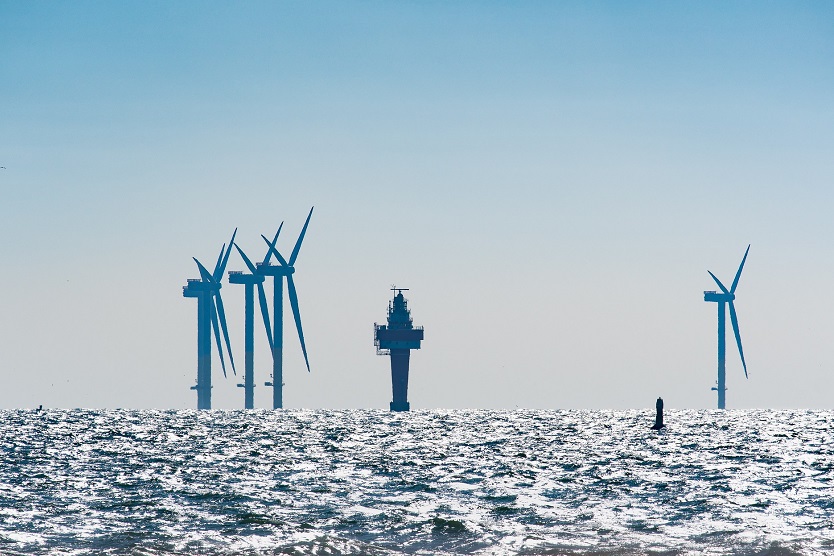
Scientists at the Centre for Wind Energy Research (ForWind) plan to use laser beams to measure the wind far upstream of a wind farm.
Wind ramps – which are strong changes in wind speed within a period of less than 30 minutes – cause an ongoing headache for renewable electricity traders and grid operators. If an offshore wind turbine produces suddenly a lot more or less electricity than predicted, it will have an impact on grid stability and compensation payments may even result.
To make these rapid fluctuations easier to plan for, scientists at the Centre for Wind Energy Research (ForWind) at the University of Oldenburg, Lower Saxony, plan to use laser beams to measure the wind far upstream of a wind farm. Project “WindRamp” has been funded with EUR 2.75 million by the Federal Ministry for Economic Affairs and Energy for the next three years.
To date, operators have relied upon weather modelling. But for short-term changes in wind bursts more precise and local measurement is needed. The WindRamp team will use Lidar (light detection and ranging), which uses laser pulses to determine distances and light speed. "Modern Lidar devices can determine wind fields at a distance of ten to twelve kilometres from a wind farm," reports Prof. Martin Kühn, who is coordinating the project at ForWind, in a press release.
The measurements will be used to generate an “observer-based wind power forecast”, which will then be integrated into the existing weather model. The team plan to extend the range and resolution of Lidar within the project, to provide operators with more warning. A measurement pilot lasting about two years will be conducted at the offshore wind farm Nordergründe, northeast of the island of Wangerooge.
Other project partners include the DLR Institute of Networked Energy Systems in Oldenburg and Abacus Laser, as well as the meteorological company Metek Meteorologische Messtechnik and the energy companies TenneT TSO, EWE Trading and wpd offshore solutions.


